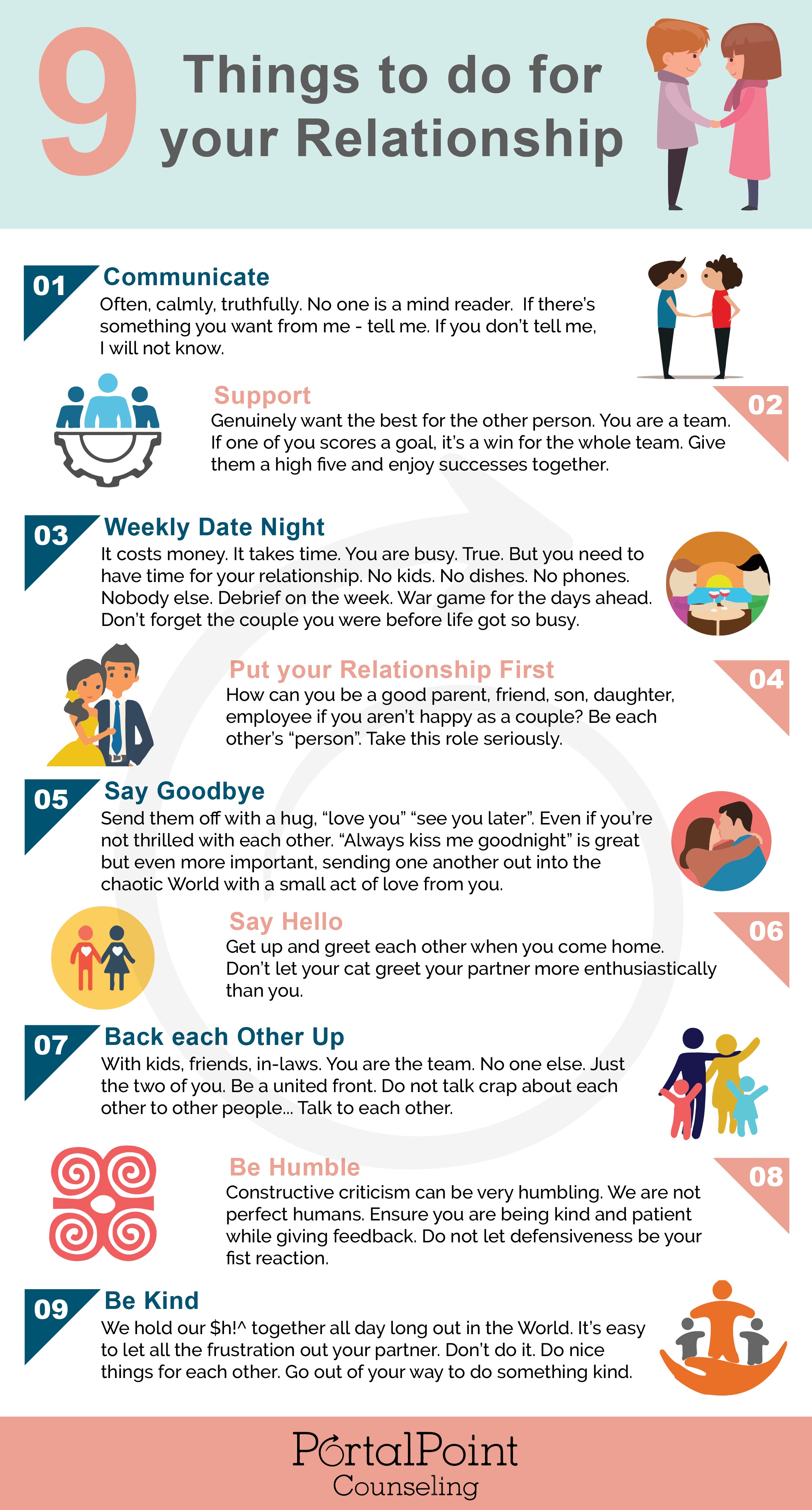Indicators on Aim Point Counseling You Need To Know
Indicators on Aim Point Counseling You Need To Know
Blog Article
The Ultimate Guide To Aim Point Counseling
Table of ContentsSome Known Incorrect Statements About Aim Point Counseling Aim Point Counseling for DummiesThe 8-Second Trick For Aim Point CounselingFacts About Aim Point Counseling RevealedAim Point Counseling for DummiesGet This Report on Aim Point Counseling
The longitudinal style includes a pre-treatment survey and 2 follow-up surveys at 3- and 12-months post-intervention. The study is embeded in 8 Relationships Australia Victoria centres, throughout metropolitan, outer residential areas, and regional/rural sites. Relationships Australia, a non-government organisation, is the largest company of pair therapy and relationship solutions in Australia.
These high prices of relationship breakdown have actually been constantly connected with adverse wellness consequences for both grownups and youngsters following divorce/separation.
The Only Guide to Aim Point Counseling
Longitudinal studies likewise suggest that children of separation have a greater occurrence of psychological disorders, alcohol and drug usage, and high-risk sex-related behaviour [7] Although the effects of divorce and separation can be detrimental, research suggests that high partnership dissonance in undamaged pairs is also most likely to have unfavorable results.
Study to day has actually determined both couple and individual elements that might add to partnership disharmony. These consist of relationship satisfaction and dedication at the couple degree, and clinical depression at the private level.
Some Ideas on Aim Point Counseling You Should Know
While many researches indicate improvements in partnership contentment following couple counselling, they are limited by the samples and measures used, greatly short-term follow-up time frames, and evaluations that do not account for the dyadic nature of pair data., is another commonly explored relationship outcome.
To sum up, research study shows that couple-specific variables as well as individual variables might predict the end results of couple counselling and connection solutions. The causal direction of these partnerships, however, is less clear. These monitorings are very important, since, to justify and direct the application of partnership solutions such as couple counselling, empirical evidence must discover both the results of connection solutions and the factors that anticipate successful therapy.
, at least in some European countries.

We presently recognize little concerning the accounts of couples who choose connection education compared to those who look for partnership counselling, or the end results of these programs. Anecdotal proof recommends that there might be significant distress amongst at least some pairs looking for partnership education and learning. Relationship education and learning programs differ from pair coaching as they are usually very structured, performed in teams, and concentrate on a mix of 4 parts; recognition, feedback, cognitive adjustment, and skills training [45]
The Single Strategy To Use For Aim Point Counseling
Feedback involves participants completing surveys about their relationship (e.g. measures of social issues), and getting info on what their scores indicate. Cognitive-behavioural methods promote transforming cognitions to assist in favorable connections. These might include promoting realistic attributions/expectations around adverse companion behavior [46] Finally, in skills training, pairs attend talks or presentations on connection abilities, and useful reference practise these throughout facilitator-led tasks [ 45]
These meta-analyses highlight limitations in the existing literary works on relationship education and learning. This sample profile might not stand for clients that typically provide for partnership education.
Getting The Aim Point Counseling To Work

Really little study has analyzed the relative advantages of pair therapy and partnership education programs. As clients are likely to self-select into these solution kinds, it is unclear whether characteristic partnership distress accounts existing to every service kind, or undoubtedly whether there is a communication in between offering profile, service type and result.
(https://www.ted.com/profiles/48999537)
Thus, we have actually included a 12-month follow-up to evaluate longer-term patterns and results. The research utilizes a variety of standard outcome procedures since some prior investigations have been criticised for their absence of standard analysis [50] Finally, using analytical evaluations that assume independence of data, such as t-tests, or ANOVAs, has prevailed in previous research studies [ 44,49]
As a result, we propose to use multi-level statistical modelling procedures that manage for the inter-dependence of pair data to analyze any treatment results. The particular goals of the ECC study are to: 1. Map accounts of customers seeking neighborhood agency-based pair coaching vs. relationship improvement programs in terms of socio-demographic and relationship indicators (such as partnership satisfaction, partnership dedication, interpersonal problems, and factors for attending), along with health and wellness (such as anxiety, basic health and wellbeing) and health and wellness solution use (eg.
Figure out whether couple coaching and partnership education services enhance 3- and twelve-month end results for connection contentment, commitment, and depression, utilizing statistical evaluations ideal to couple information. marriage counseling. Establish the loved one payments of client factors (individual and pair) and therapy/education variables to outcomes at 3- and 12-months, and to sustainability of outcomes over time.
Indicators on Aim Point Counseling You Need To Know
Multi-level modelling to determine pre-post distinctions, managing for dyadic (pair) level. To add to the literary works assessing the effectiveness of community-based couple therapy. The results will certainly aid medical decision-making in community-based relationship solution settings, and expert training. 3. To identify the family member payments of client/couple and therapy aspects to outcomes at 3- and 12-months, and to sustainability of end results gradually.
Report this page